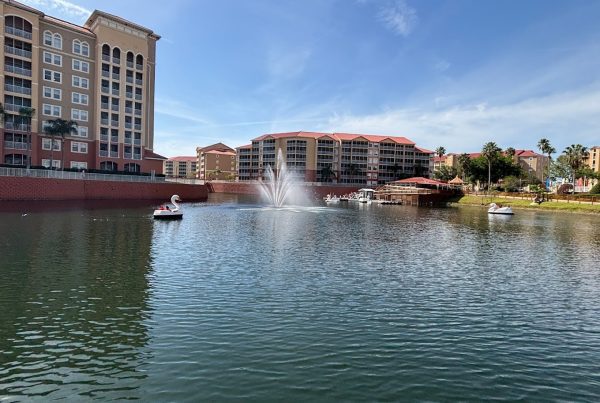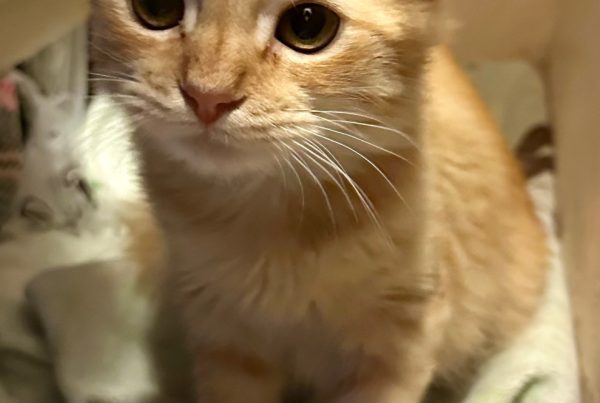Silverpoint artist Carol Prusa looks to the stars and beyond
Carol Prusa is the first to admit that her works can be a hard sell in the art market. “One, they don’t look like anything else, so they don’t fit in with what [the patron has] been buying,” she says. “And if you hang my work next to other work, it looks like a misfit. It likes being with itself.”
Indeed, the art from this Boca Raton resident and FAU professor is not direct, as in a landscape or a balloon dog. It thrives on nuance, on the prolonged gaze, on absence as much as presence. Prusa’s art projects beauty and unease in equal measure, inviting visceral responses that we can’t quite explain, because we may not possess the language to do so. This is art on an astral plane, as if channeled from somewhere else.
Prusa works with a variety of materials, including graphite, acrylic, metal leaf, video and LED lights. Her most prominent, and time-consuming, material is silverpoint, a drawing method dating back to ancient times, and which appears as ultra-fine silver markings. With silverpoint, a single one of Prusa’s canvases can take thousands of hours to complete.
“The reason I like silverpoint is it’s a slowing down of time,” she says. “It really is time to meditate and consider things and take a while to make something, so things are also percolating, so that I can solve other problems while I’m going tick tick tick.”
The resulting works, completed on wood or fiberglass or sculpted resin spheres, conjure the unknowable vastness of deep space, complete with its celestial bodies, its wormholes, its dark energy. A lay student of astrophysics, Prusa has visited the Large Hadron Collider in Geneva, witnessed life-changing solar eclipses in Chile and Nebraska, and devoted a suite of recent works to pioneering women astronomers of the 18th century. A poster of a Carl Sagan quote hangs near the front door of her house/studio, a reminder of our infinitesimal place in the universe.
“I think my work will give a sense that there’s this bigger thing outside of ourselves, and we’re all connected to it,” she says. “If you think on these more astronomical scales, you don’t get too upset about much of anything.”
Remarkably, Prusa grew up with little knowledge of art or science. A church elder’s daughter, she came from an iconoclastic tradition, and it wasn’t until she discovered the big bang theory in a sixth-grade science class that she distanced herself from her religious upbringing. “My whole worldview was shattered,” she remembers. “And I decided not to join the church; it sent me on another trajectory, which was a hard road to take in my family.”
That trajectory can be seen today in her cosmic oeuvre, which has only gained in stature as quantum theory, the multiple-universes theory, and the proliferation of life-supporting exoplanets have gained purchase in the public consciousness. What may have been ahead of its time 10 years ago feels headline-ripped today, and she’s in the midst of a prolific career boost: Last year, her solo exhibition at the Boca Raton Museum of Art, “Dark Light,” was among the museum’s recent highlights, and a show in Taipei soon followed.
In June of this year, she is one of six artists selected to work alongside six scientists in a residency called “Science Delirium Madness” at Djerassi Foundation in San Francisco. Another solo show, “Night Vision,” will open locally in October at Ann Norton Sculpture Gardens.
What will emerge from these residencies and exhibitions? Prusa isn’t sure yet, which makes them all the more exciting. Of the future, she says, “I’m going to work in a way that’s so contrary to how I know how to solve anything,” she says. “That’s the whole point. It might be a total disaster, but I’ll learn something.”







